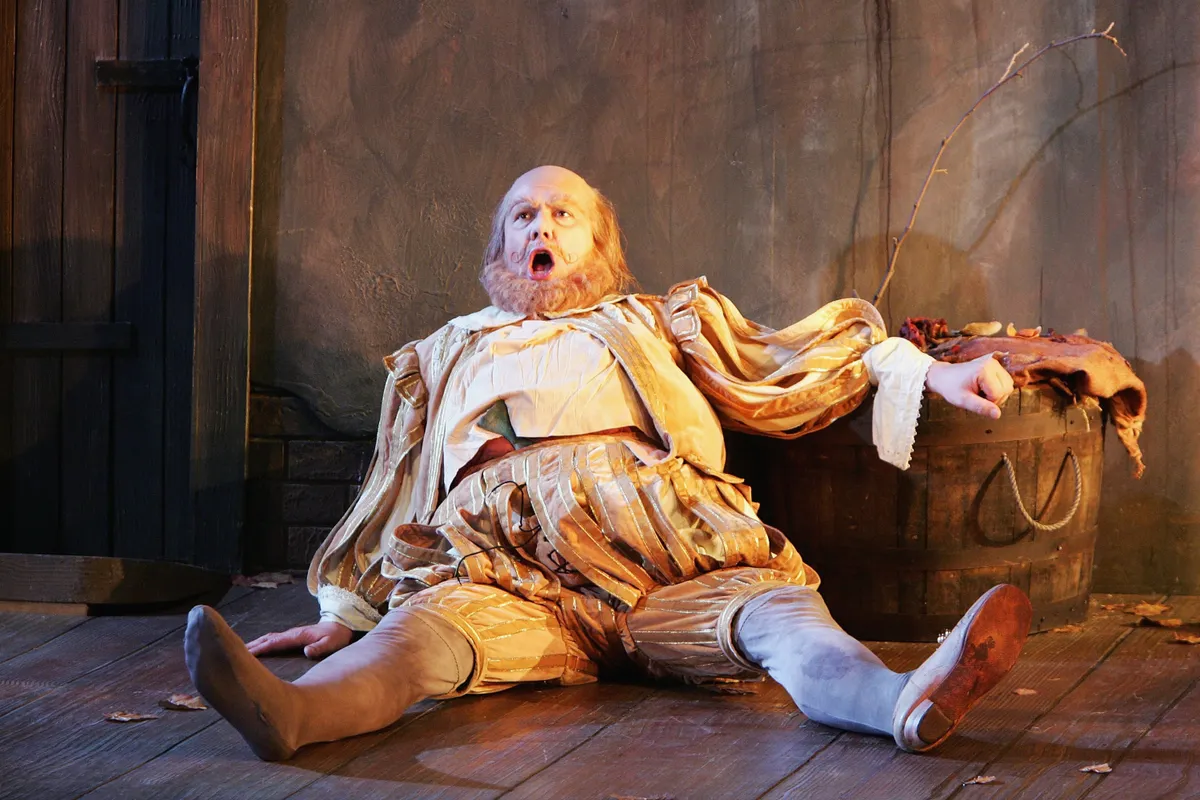All that you’ll see of isolated St Benet’s Abbey today is the brick tower of an 18th-century windmill set into the 14th-century gatehouse. However, this was once a thriving and powerful monastery.
Where is St Benet's Abbey?
St Benet's Abbey is near Horning, on the River Bure within the Norfolk Broads.
St Benet's Abbey history
The story of St Benet's Abbey begins in the 9th century, when religious hermits occupied the site. In the 1020s, the hermits were granted property and land by King Cnut, then the ruler of both England and Denmark, and the Benedictine monastery was founded.
Well-off donors – among them Edith Swan-neck, the wife of King Harold – gifted the abbey more land, and the wealthy monks set about improvement works including building a causeway to aid access. The monks dug peat locally, and it is these peat pits, now filled with water, that comprise the Norfolk Broads.
During the late Middle Ages, one of England’s most famous knights Sir John Fastolf became a patron of the abbey. He died in 1459 and was buried in St Benet’s Abbey Church, but lives on as Shakespeare’s Sir John Falstaff.
- Britain's best monasteries
- Scotland's great historic sites
- Six mythical locations in ancient Britain that you can visit today
- Best stone circle sites to visit in the UK

What happened to St Benet’s Abbey?
Somehow, St Benet’s Abbey escaped being ‘dissolved’ under Henry VIII. Its end was inevitable, however, and by 1545 the last monks had left. The abbey’s buildings fell to ruin, but the site was used for growing crops and grazing cattle in the 18th and 19th centuries, and in the early 1720s one enterprising farmer constructed a two-storey wind pump. This in turn attracted artists of the ‘Norwich School’ in the early 19th century, including John Crome, and St Benet’s continues to inspire painters and photographers today.
St Benet’s Abbey walk
Although little of the monastery remains, the outlines of its extensive fish ponds can still be spied beneath the grass. You’ll also find a cross made from oak taken from the Sandringham Estate on the remnants of the high altar. Then – when you’ve had your fill of silence – it’s an easy 2.4km walk through the Broads into the village of Ludham with its tea room, pub and pretty thatched terraces. After the magnificent loneliness of St Benet’s, it’s hard to believe that civilisation is quite so near at hand.
St Benet’s Abbey wildlife
In summer, thousands of Broads cruisers putter past ruined St Benet’s Abbey as they navigate the River Ant. But in winter, this place belongs solely to the wind and the birds.
Crows hang in the freezing air over the frost-silvered grazing marshes; skeins of pink-footed geese straggle across the sky; short-eared owl and barn owls haunt the fields, and tiny wrens hide in the whispering reeds.

